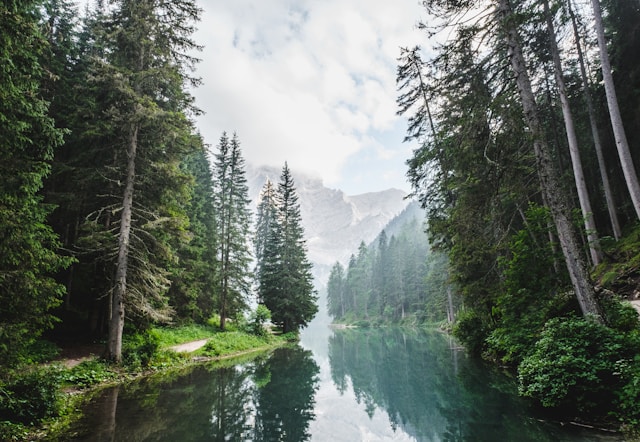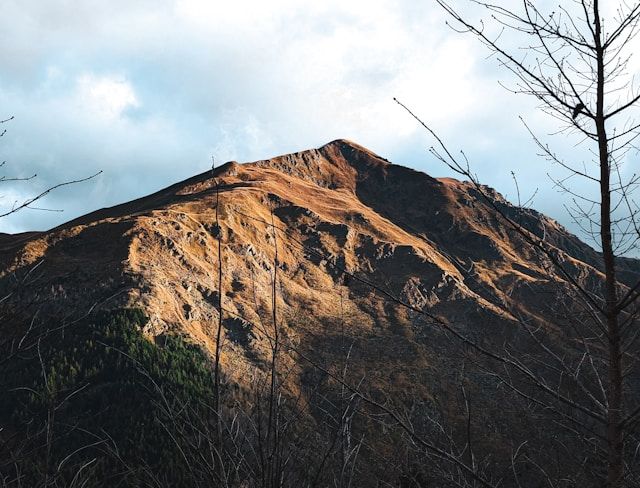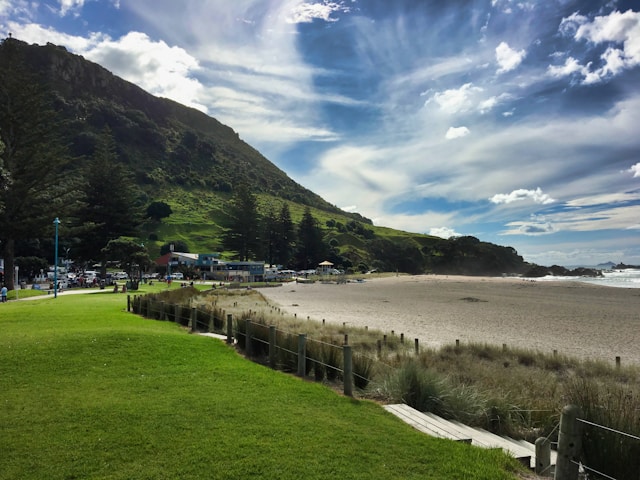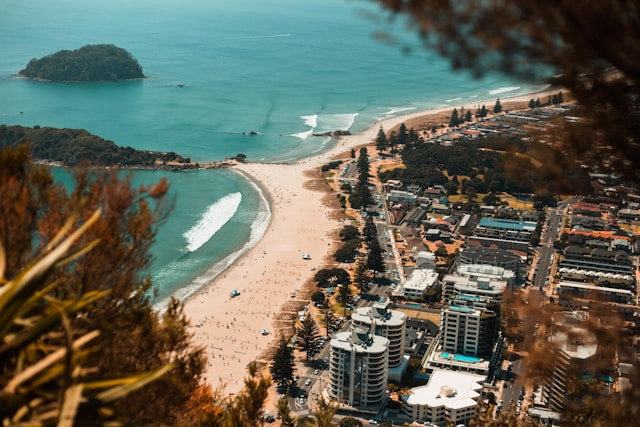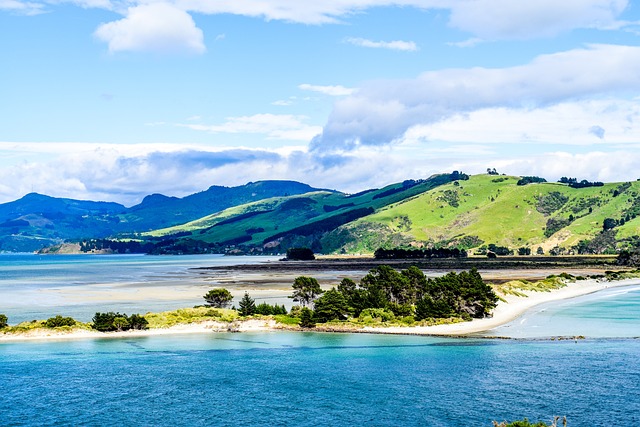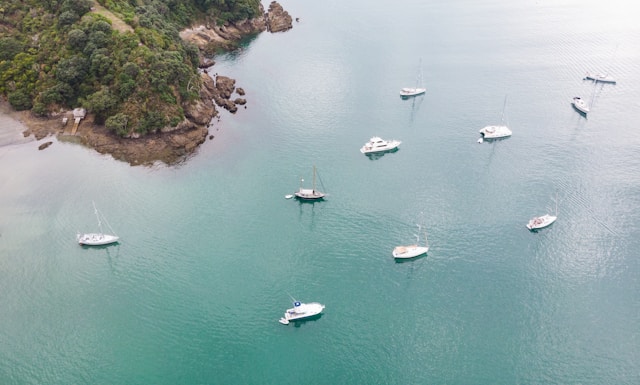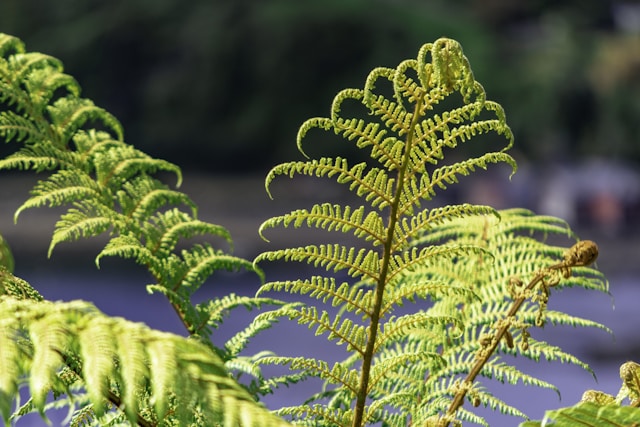New Zealand’s landscapes are markedly characterized by glaciation, volcanoes, the Maori homeland, and sub-Antarctic seabird habitat.
New Zealand’s landscapes are markedly characterized by glaciation, volcanoes, homeland and sub-Antarctic seabird habitat. Centuries of New Zealand’s isolation are attested through the country’s unique and unparalleled landscapes and in the native flora and fauna that represent the country. Various sites have been designated as World Heritage Sites in New Zealand by UNESCO.
New Zealand’s Subantarctic Islands
The Subantarctic Islands of New Zealand is a natural heritage site listed in 1998. The islands are the Auckland Islands, the Antipodes Islands, the Bounty Islands; Campbell Island and Trap Island. Having volcanic origins, the Auckland Islands, Campbell Islands, and Antipodes Islands. The Bounty Islands consist entirely of granitic basement rocks. The islands exhibit high levels of biodiversity and support numerous endemic plants and animals. The islands are critical as breeding and nesting grounds for a variety of marine mammals and seabirds and are nature reserves in their own right. The islands are home to about 120 bird species, 40 of which are seabirds, eight of which are endemic.
The islands are home to about 120 bird species, 40 of which are seabirds, eight of which are endemic. Avifauna species include deer, penguins, albatrosses, ducks, terns, snipe, and gull. Other known species include the Hooker sea lion, the New Zealand harbor seal, and the southern right whale, which breeds in the islands’ waters. The islands are highly protected by the government, and their isolation further protects them. The New Zealand Department of Conservation monitors their conservation and regulates tourism. The islands are a popular tourist destination, and bird and wildlife watching and photography is a favorite pastime. However, the islands are threatened by the introduction of mammal species and fisheries.
Te Wahipunamu
Te Wahipunamu was designated as a UNESCO World Heritage Site in 1990. The site encompasses several national parks in southwest New Zealand, namely Westland; Mt Aspiring; Aoraki / Mt Cook and Fiordland National Parks. The site is characterized by a variety of landscapes, from pristine forests, grasslands, snow-capped mountains, glacial valleys, coastal fjords and high cliffs to waterfalls. The site is geologically and biologically significant, representing the tectonic, glacial and climatic processes that have shaped the land.
Nearly two-thirds of the property is covered with mature podocarpus and southern beech, some of which have inhabited the area for the past 800 years. The site features ancient geology and topography that existed before New Zealand left the supercontinent Gondwonald. The site features takahe, a rare flightless bird, kea penguins, kiwis, parrots, noble deer and harbor seals. The hotel is one of the most visited places in New Zealand. Favorite activities include boat safaris, hiking, scenic flights and wildlife watching. The property is also an important area for the Ngai Tahu Tribe, representing its ancestral territories. The Department of Conservation is responsible for the preservation of the property, and the mammal species represented pose the greatest threat to the integrity of the property.
Tongariro National Park
Tongariro National Park is a mixed heritage site in New Zealand, listed in 1990. This park contains three active volcanic mountains: Tongariro, Ruapehu and Ngauruho. The site also recognizes the cultural and spiritual significance of the mountains and the environment to the Maori people. The local Ngati Tuwharetoa iwi, in 1886, created reserves in the mountains and named them local chiefs to prevent their purchase by Europeans. In 1887 the Maori chief Te Heuhei Tukino donated three mountains to the Crown, believing that a reserve would be created. The site’s landscape includes crater lakes, forests, and old lava flows. Popular hiking activities in the park include hiking, skiing, hunting, fishing, rafting, scenic flying and mountain biking. The famous Tongariro Alpine Passage attracts a large number of hikers. Famous fauna includes the noble deer, short and long-tailed bat and possums.
Eco-tourism in New Zealand
New Zealand’s natural resources are the world’s renowned ecotourism landscape. New Zealand advocates sustainable tourism, where flora and fauna and natural landscapes are observed without interfering with their ecosystem. The government continues to address sustainability issues such as overfishing, mammal species introductions, land transformation for agriculture, and tourism are some of the factors affecting heritage sites in New Zealand.


